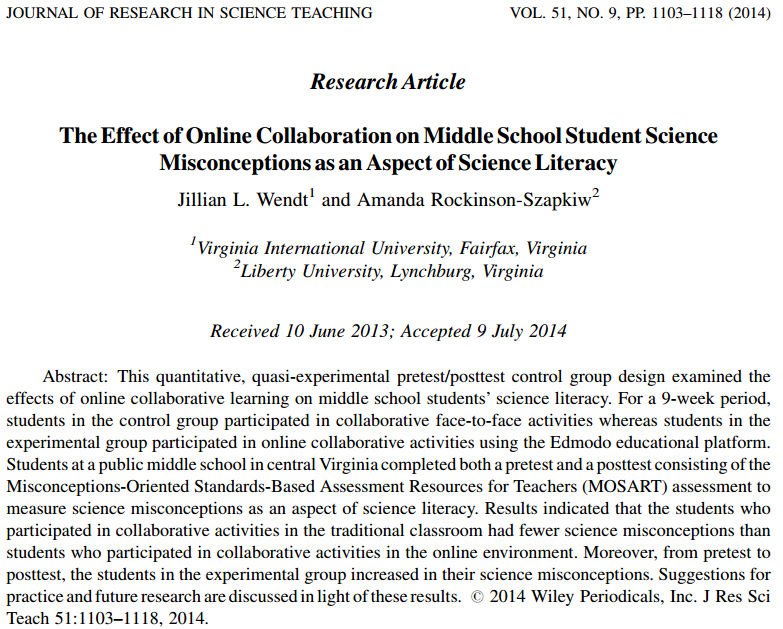This September Would Be Different From Last March
In March, classes in schools switched to virtual. It definitely came with huge challenges. Fairfax County public schools, for example, failed miserably in the first couple of weeks with its Blackboard platform crashing with the load. One might think then that this coming September might be a bit smoother. This would not be necessarily true. I likewise transferred to online with the course that I was teaching last March, but there was one thing that made it easier, which, unfortunately, would not be present this September. Last March, my students and I already knew each other. I had been with them for at least a couple of months. We have had two exams and plenty of both homework and classwork. This September, I would not have met my students yet. In K-12 schools, one could imagine the extra challenge for students who would just be starting either in kindergarten, middle school, or high school. These children would not have attended any class in their new school. All the teachers would be new. Everyone would be a stranger. We would therefore be obliged to imagine how we would get to know our students this coming fall if every class would be online. On top of all of these, last March, we were generous and extra lenient with grades. Fairfax county schools did not even assign grades. This September would be different from last March.
The results are unequivocal. Students from the online class perform poorly compared to the students who are in the face-to-face class:
One strategy is to assign the teacher to the same class he or she taught last year. A kindergarten teacher last year would then be teaching first grade this coming Fall. This strategy, however, still fails to address new or incoming students. For the reason that some students would definitely be challenged a lot more, plans for schools this coming Fall should take this into account. Having all students take virtual classes would hurt those who would be starting a new phase in their education. These are the pupils who would attend kindergarten, middle school, and high school for the first time. Education is personal. With the time we have spent on social media, we know how virtual relationships work. Teaching is a two-way street and teachers need to know their students. Students need to establish a personal relationship with their teachers. How this can be achieved online is a huge challenge to which specific strategies need to be drawn now.
Of course, we also have to deal with the fact that online learning is weak compared to face-to-face learning. The evidence is out there. This blog has been sharing findings with regard to virtual learning for several years now. One example is this old post from 2014:
Online Versus Face to Face
One can read a chemistry textbook from cover to cover. How much one would learn by doing so depends on one's motivation, the ability to comprehend, and the capacity to commit information to long term memory. Of course, the same factors are in play when trying to learn chemistry from an instructor. The important question is whether face-to-face interactions, what traditional classrooms offer, really makes a difference. This question is addressed in part by a study recently published in the Journal of Research in Science Teaching:
This study looks specifically at the difference between online and face-to-face collaborative learning among students in a public middle school (grade 8) in central Virginia. The online platform used in the study, Edmodo, allows students in the experimental group to work on their collaborative assignments, which include reading files, answering online quizzes, and participating in discussion threads.
This study looks specifically at the difference between online and face-to-face collaborative learning among students in a public middle school (grade 8) in central Virginia. The online platform used in the study, Edmodo, allows students in the experimental group to work on their collaborative assignments, which include reading files, answering online quizzes, and participating in discussion threads.
The control group does all of the above as well, but inside the classroom, face-to-face. The assignments are identical and both groups of students receive instruction on the materials covered by the assignments. Thus, the only difference is how the students perform their assignments, face-to-face versus online. To assess the students, the MOSART exam (Harvard College, 2011), a test that measures understanding of key scientific concepts, has been utilized:
 |
| Above is a screen capture of the Mosart site. |



Comments
Post a Comment